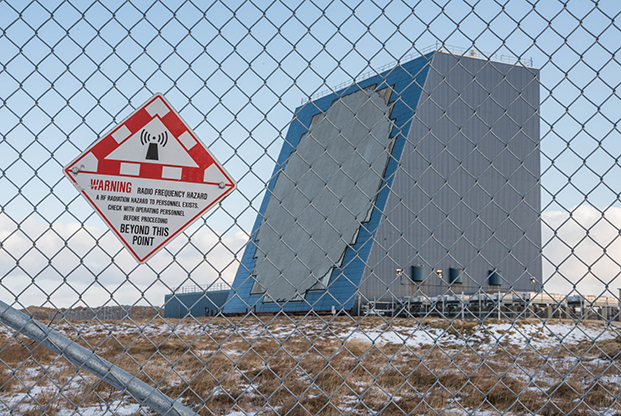
The COBRA DANE radar is a single faced ground-based, L-band phased-array radarlocated at Eareckson Air Station, Shemya, Alaska. Alaskan NORAD Region/Alaskan Command/11th Air Force? photo by Navy Chief Petty Officer Brandon Raile.?
The Air Force’s major ballistic missile defense radar in Alaska, Cobra Dane, met its requirement for operational capability though the service may face limitations on space surveillance when the radar is down for maintenance, according to a new report from the Government Accountability Office.
The GAO, in the Fiscal 2018 National Defense Authorization Act, was tasked to review the Air Force’s operation of the Cobra Dane station, which first began operating in 1976 on Shemya Island for ballistic missile defense and space surveillance.
The Air Force and Missile Defense Agency together planned to spend $278.6 million in fiscal 2019 for operation and sustainment of the radar station, and the Air Force also plans $140 million for operations and maintenance of the site.
The GAO found that the Air Force has developed procedures to mitigate risks when the site is down, for example by using SeaBased X-band radars for ballistic missile defense.
The Air Force could face limitations on space surveillance if the radar is down because it can track objects that no other radar can track, according to the GAO. However, there are no plans to take the system offline long enough to compromise space surveillance, the report states.